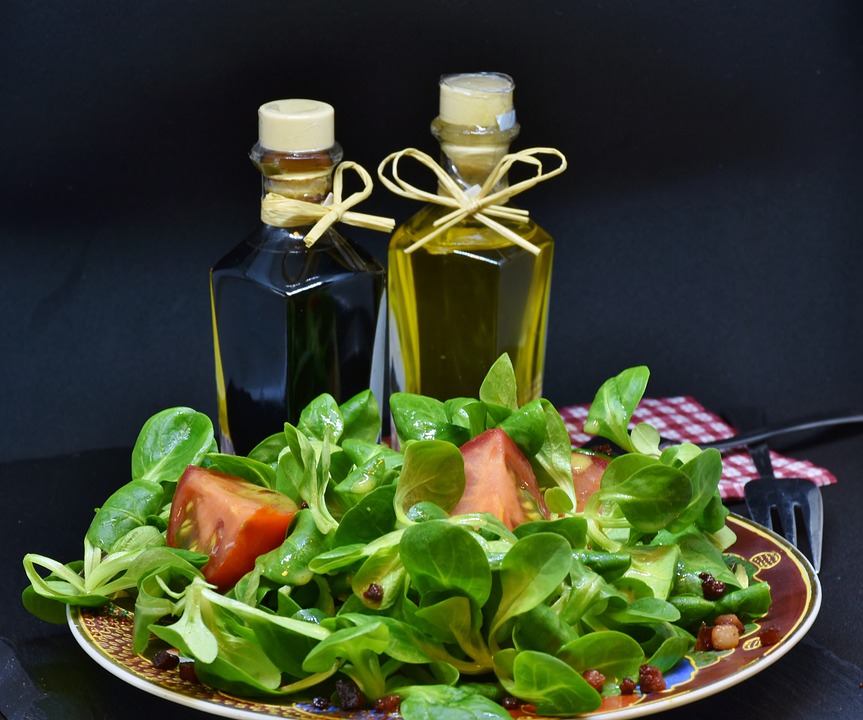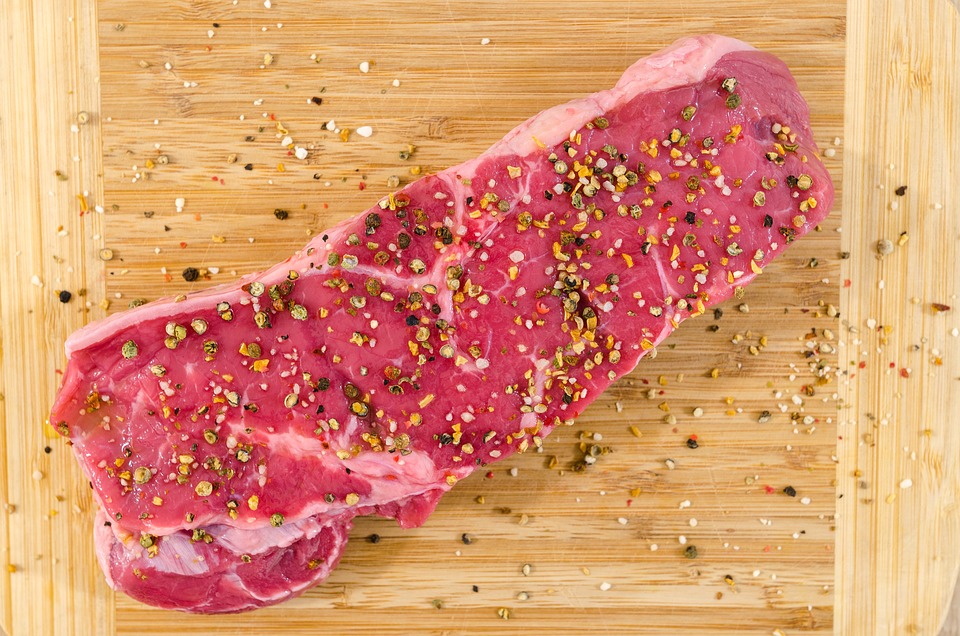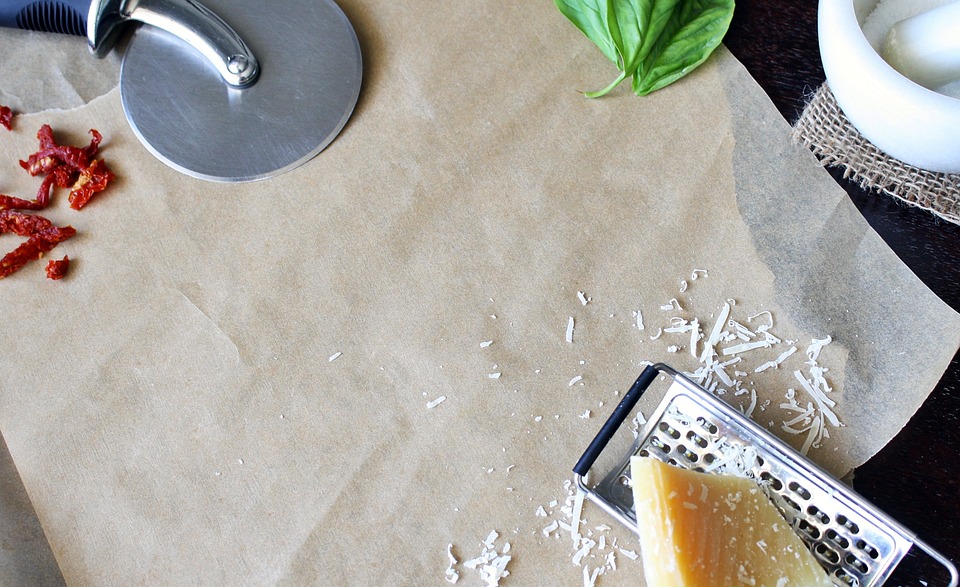
The salt and candida diet
Salt is the mother of all spices. You’ve never heard of a pimento shaker, right? It is so well known and so widely used that it deserves its own adjective; salty. Salt if used in moderation is excellent for improving the flavor of your food. However, salt often comes under attack because when used in excess it can be a contributing factor to high blood pressure, which in turn can lead to other serious health problems. While I believe that a moderate amount of salt in your diet is not harmful and making eating more enjoyable by using salt can be problematic for those on the Candida diet.
Candida diet is used to treat a condition called candidiasis. This condition is characterized by an overgrowth of yeast (candida) in the intestinal tract. Candida is a benign microorganism that is integral to a healthy intestinal tract, but external factors help turn this benign microorganism into an opportunistic one. When Candida becomes opportunistic, it causes a wide range of seemingly unrelated health problems throughout the body. Many external factors, such as overuse of antibiotics, birth control, diets high in processed/sugary foods, and stress contribute to candidiasis. An imbalance is caused by these external factors that often kill off the friendly bacteria in the intestinal tract that keep Candida in check. Coincidentally, while the friendly bacteria are being wiped out, Candida is fed by poor food choices and continues to thrive. The goal of the Candida Diet is to restore the balance of the body’s gut microflora by significantly reducing the Candida food supply. This causes the candida to die and the friendly bacteria can be re-introduced by probiotics. The Candida diet eliminates processed/sugary foods, all forms of sugar, sticky grains, and even fruit in the early stages. Salt causes problems in the diet because of the additives it usually contains.
When I say salt I am referring to common table salt. It always makes me think of the Morton’s salt container that was always in the cupboard when I was a kid. This salt can be a problem for those on the Candida diet because it contains dextrose, which is a form of sugar. In addition, dextrose is usually derived from corn. While corn is allowed in moderation in the diet, many people with candidiasis also have food allergies/sensitivities, and if corn is one of them, continuing to use salt is not helpful. So is all salt off limits on the Candida diet? The answer is no. The diet recommends using sea salt without additives. Label reading is a must when choosing sea salt because many varieties contain the same banned ingredients found in common table salt. You are looking for a brand that consists solely of sea salt. I don’t think sea salt is necessarily better for you than regular table salt, but the fact that it contains no additives makes it a better choice for the candida diet. Even sea salt should be used in moderation, so remember that just because it’s a Candida-friendly alternative to common table salt doesn’t mean it should be used in excess.
For more information about Candida diet Visit Yeast Free Living.

